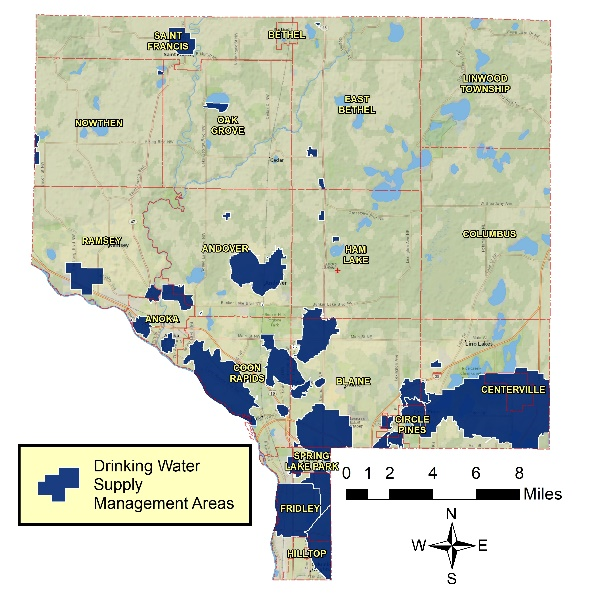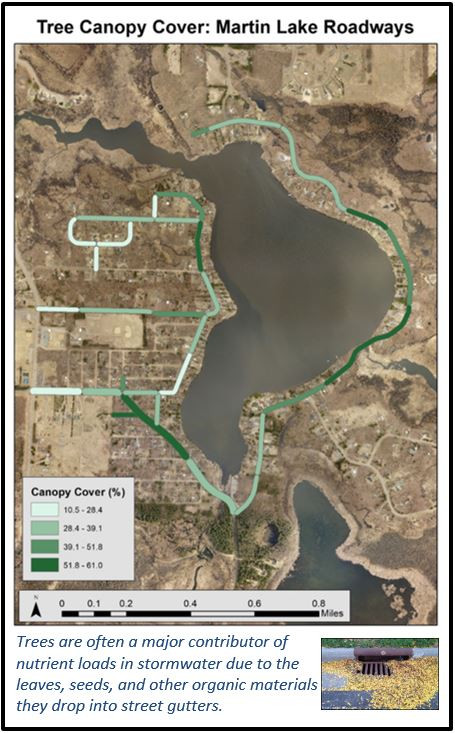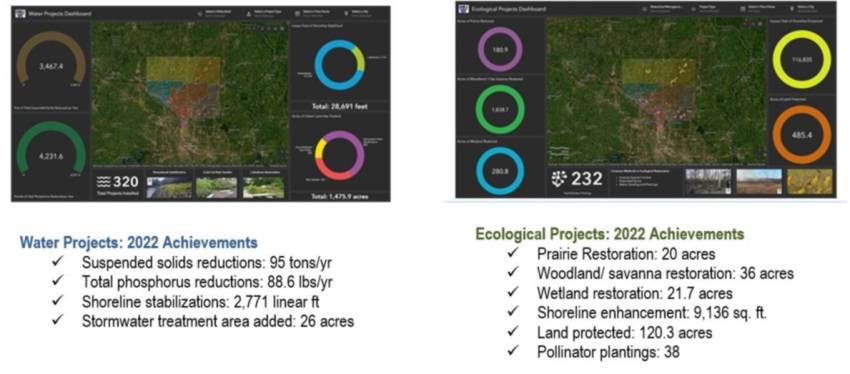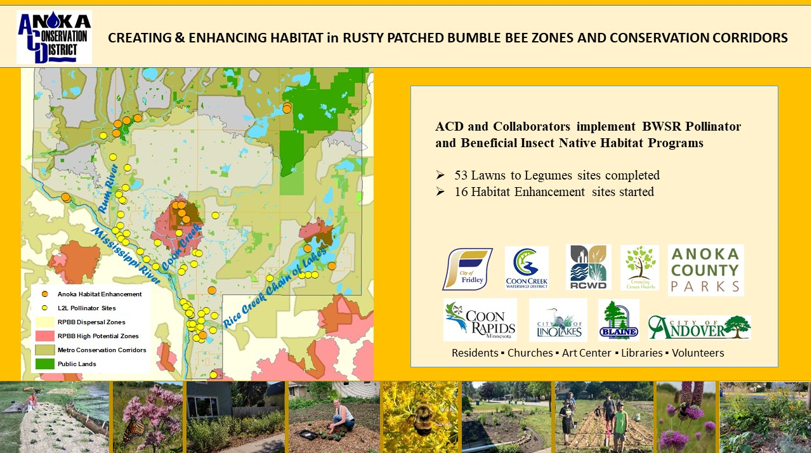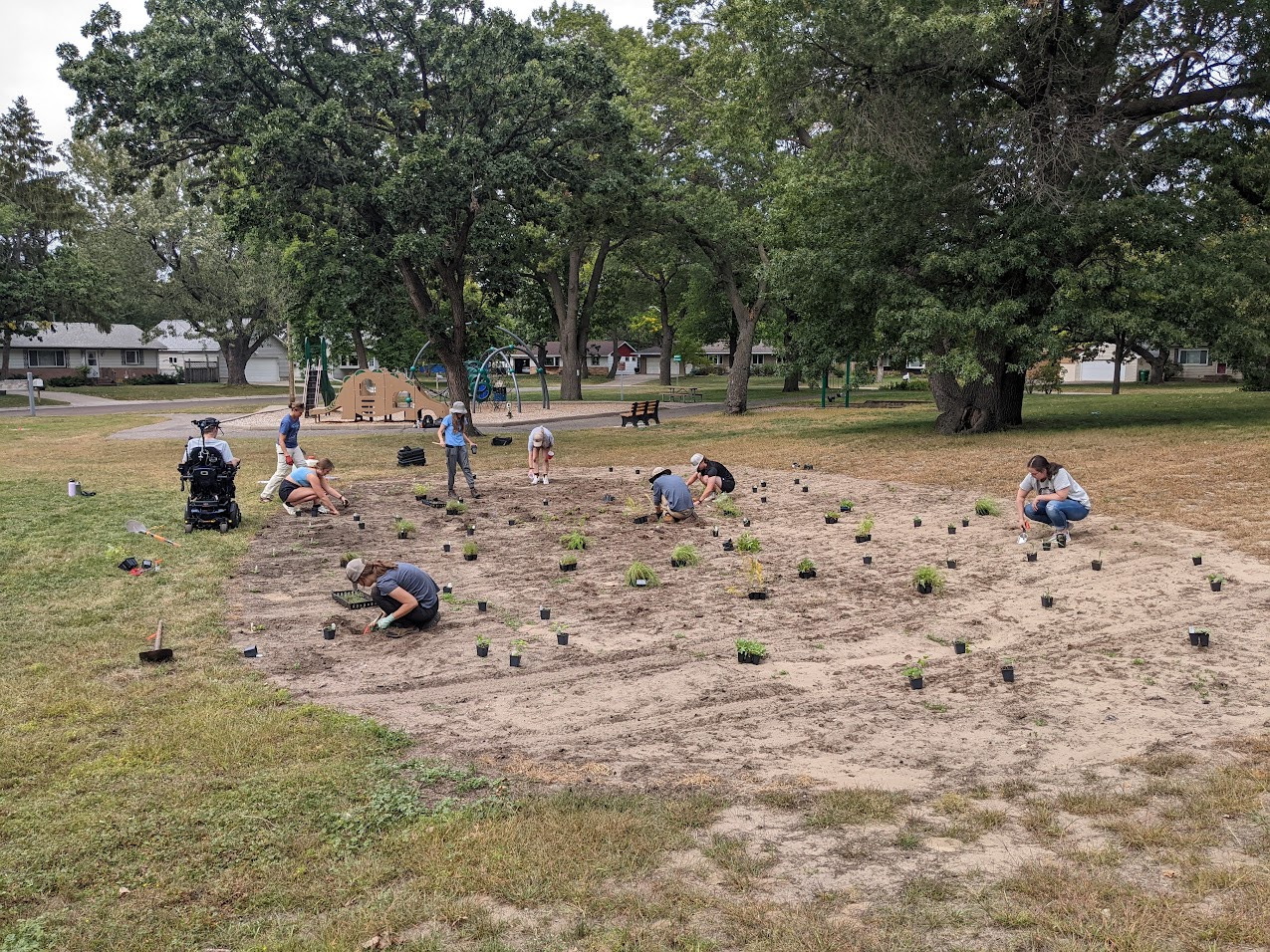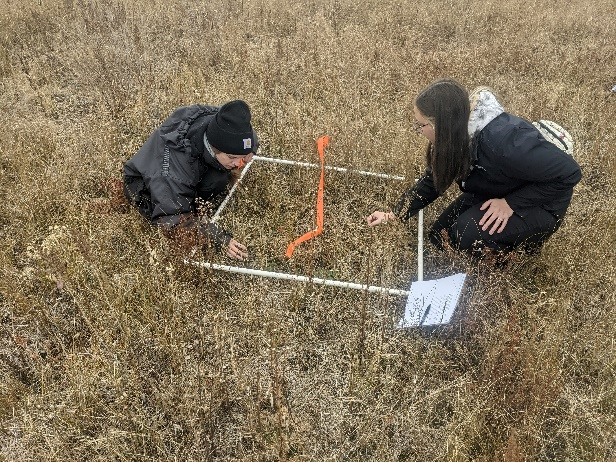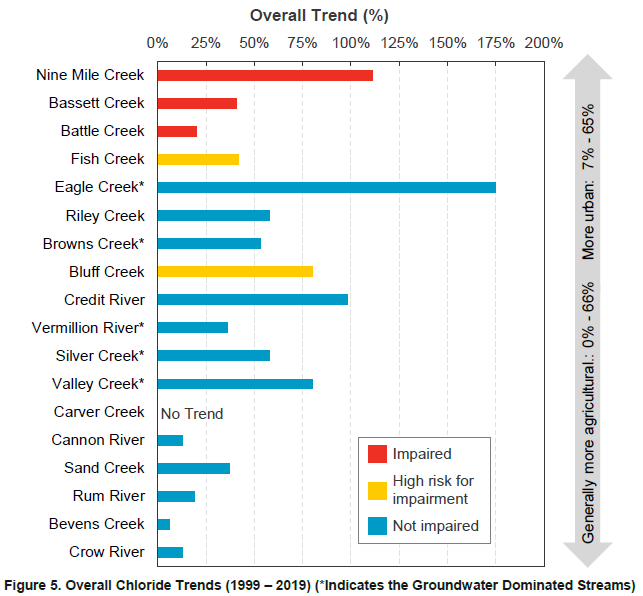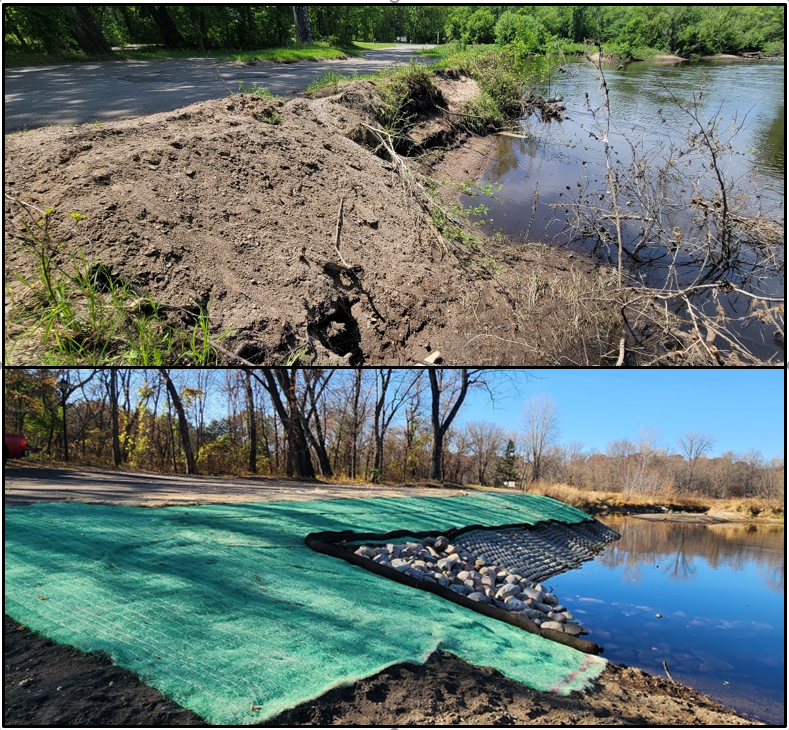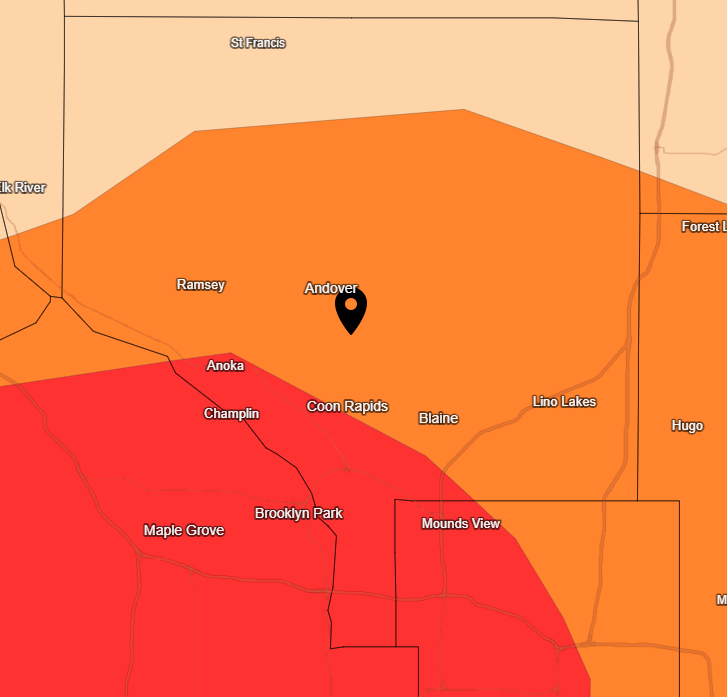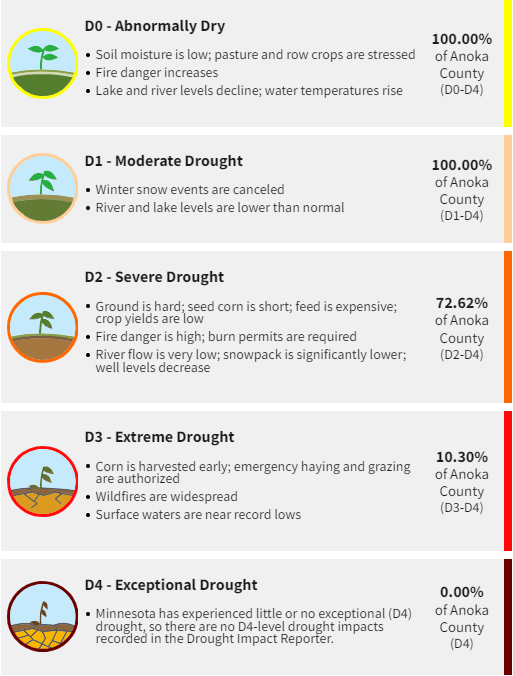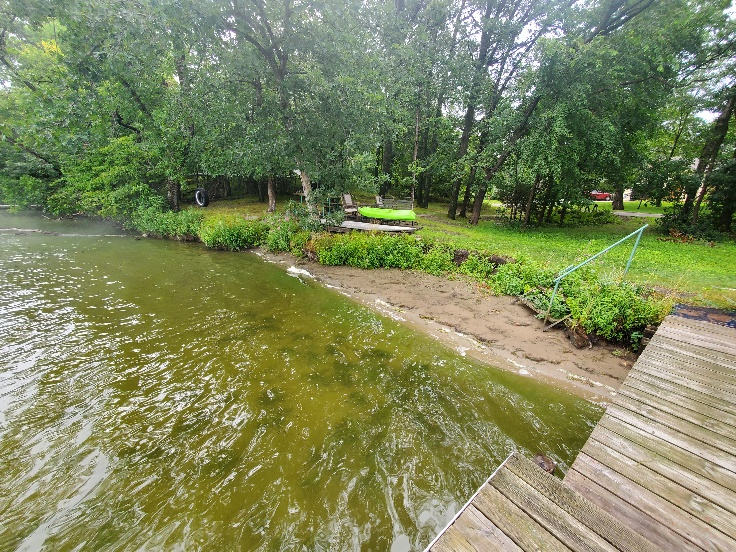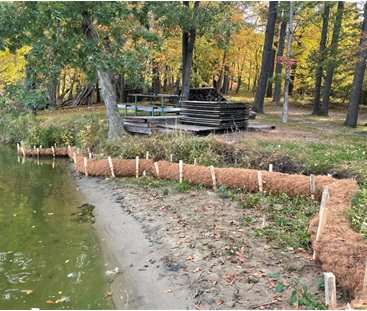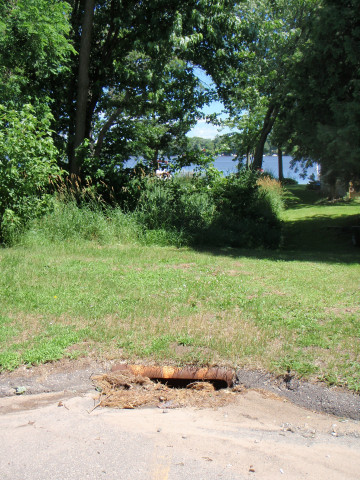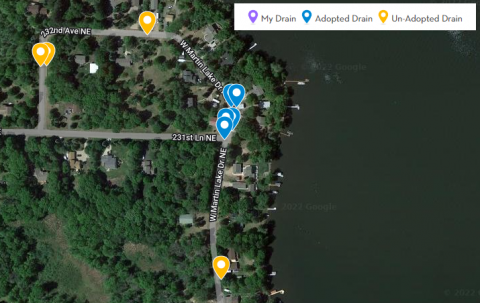Unused wells can serve as direct conduits for surface contaminants to reach our aquifers. The Anoka Conservation District was awarded a grant in 2020 through the Clean Water Fund to help eligible landowners seal unused wells located within Anoka County, targeting vulnerable groundwater areas such as Drinking Water Supply Management Areas (DWSMAs). This program has been extended to run through 2023 in order to continue to help local residents with the cost of sealing an unused well on their property!
A well is defined as "not in use," when the well is not functional, cannot readily pump water, or has not been operated on a daily, regular or seasonal basis. A "not in use" well has not been sealed by a licensed well contractor. A well that is "not in use" (i.e., "abandoned") must be repaired and put back into use, permanently sealed by a licensed well contractor, or the owner must obtain a maintenance permit for the well. In many cases, placing an old well back into use is not practical.
If your house was built before public water was available, the property may have one or more wells. Wells can be located either inside or outside a residence.
Indoors look for:
- Glass block or concrete patch in an exterior step.
- Wells are often housed in a small room in the basement, many times under exterior concrete steps.
- Pipe sticking up out of the floor in your basement, or a concrete patch in the floor where the well was located.
Outdoors look for:
- Low spot or sunken area in the ground.
- Metal, wood, or concrete cover or manhole.
- Areas that stay wet can be caused by an unsealed flowing well.
- Windmill, an old shed or well house, or an old pump.
- Dug wells typically appear as a ring anywhere from 1 foot or several feet in diameter, made of concrete, tile, bricks, or rocks.
- Pipes 1 to 8 inches wide above, at, or below the surface may indicate a well.
Visit the ACD website today to get more information or to download an application to apply. If you are unsure if you have a well on your property or questioning if you would qualify for funding simply contact our office.
ACD Contact: Kris Larson,

